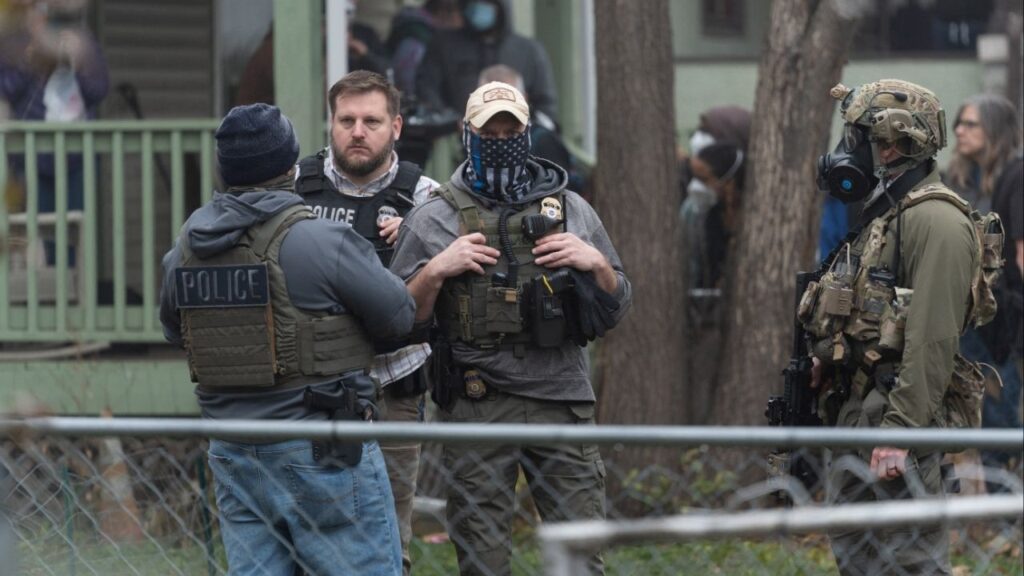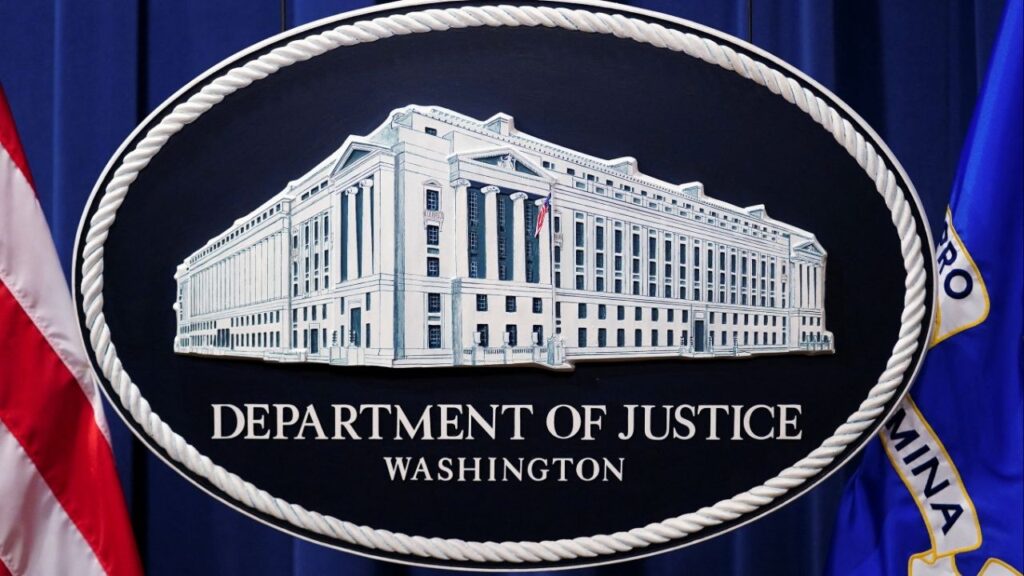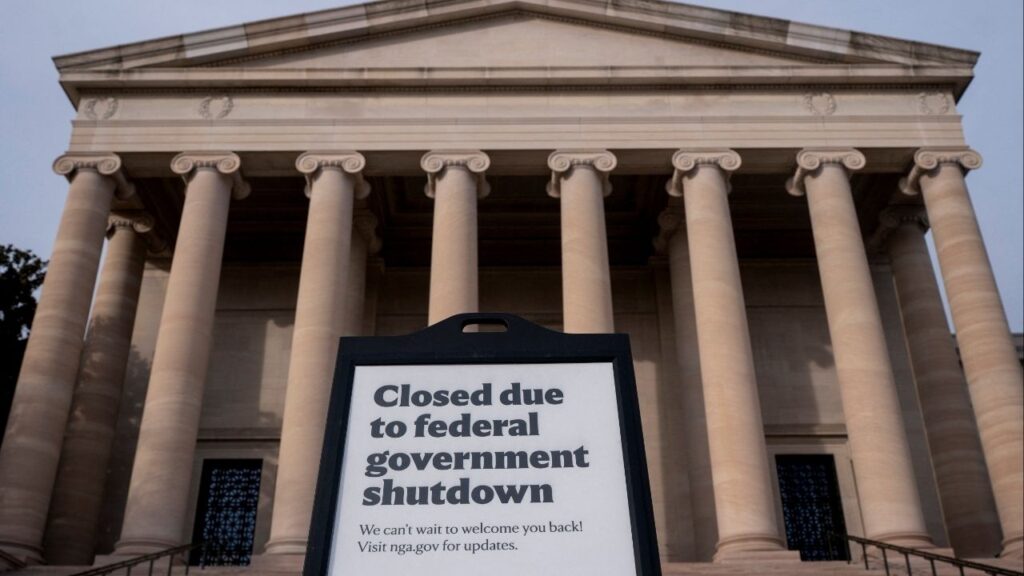Share
LOS ANGELES — The discovery of a “target list” containing religious institutions, courthouses and other sites compiled by the gunman in a mass shooting at a California food festival has prompted the FBI to open a domestic terrorism case.
Shooter Santino William Legan, 19, appeared to be interested in conflicting violent ideologies, but authorities still have not determined a motive for the July 28 attack that killed three people, including two children, said John Bennett, the FBI’s agent in charge in San Francisco.
Authorities have not found a written explanation from Legan, but Bennett said they cannot rule out white nationalism as a factor.
On the day of the attack, Legan urged his Instagram followers to read a 19th century book popular with white supremacists who follow extremist websites. He also complained about overcrowding towns and paving open space to make room for “hordes” of Latinos and Silicon Valley whites.
Gunman’s Family ‘Deeply Shocked and Horrified’
Family members of Legan released a statement saying they were “deeply shocked and horrified” by his actions. They also apologized to the victims and their families.
“We have never and would never condone the hateful thoughts and ideologies that led to this event, and it is impossible to reconcile this with the son we thought we knew,” the statement said.
Legan grew up less than a mile from Christmas Hill Park, where the festival was held. His father was a competitive runner and coach; his brother was an accomplished young boxer; and his grandfather had been a Santa Clara County supervisor.
The statement, distributed by attorney Chuck Smith, said the family has cooperated with the investigation.
“We are heartbroken that he committed this violence in his hometown, at a family event meant to celebrate the tight-knit community we have been a part of for 20 years,” the statement said. “To the city of Gilroy and to everyone affected, we are tremendously sorry. No words can begin to express this.”
Investigators were examining Legan’s digital media to determine his possible ideology, who he may have been in contact with regarding the ideologies, who if anyone helped him, and why he committed the violence, Bennett said.
No Evidence of Previous Violence
The target list, which also included federal buildings and both major U.S. political parties, was found during the examination of the digital evidence. Bennett said the groups included were being notified but the FBI would not release their names.
Bennett said there was no indication that Legan did anything violent prior to attacking people at the Gilroy Garlic Festival with an AK-47-style rifle before turning the gun on himself. Thirteen people were injured.
A separate mass shooting that killed 22 people at a crowded El Paso, Texas, store over the weekend was also being handled as a domestic terrorism case.
The FBI has not said it was treating the mass shooting in Dayton, Ohio, as an act of domestic terrorism. A gunman there killed nine people in a nightclub district.
The FBI’s disclosure Tuesday came as the family of Gilroy victim Keyla Salazar held a funeral Mass for the 13-year-old girl.
Bennett told victims’ families that nothing he could say or do would bring back their loved ones.
Still, he said, “Everything is being done with you in our minds.”

Law enforcement officials conducting international terrorism investigations, for instance, can get a secret surveillance warrant to monitor the communications of a person they think may be an agent of a foreign power or terror group.
Similarly, the U.S. criminal code makes it a crime for anyone to lend material support to designated foreign terror organizations, even if the investigation doesn’t involve accusations of violence.
There’s no domestic counterpart to that material support statute, meaning federal prosecutors must rely on hate crime laws, weapons charges and other approaches that may not carry the terrorism label. Mere membership or support for a white supremacist organization is not illegal.
Authorities said that Legan fired 39 rounds before he killed himself. Three officers fired 18 times at him.
None of the victims who died were struck by officers’ fire, Gilroy police Chief Scot Smithee said.
Legan was wearing a bullet-resistant vest and had multiple high-capacity magazines on his body and on the ground, the chief said.
Authorities said they found more ammunition, a rifle scope, flashlight and shovel in a bag in a nearby creek.
Categories

Venmo Down for Thousands of Users, Downdetector Reports


















